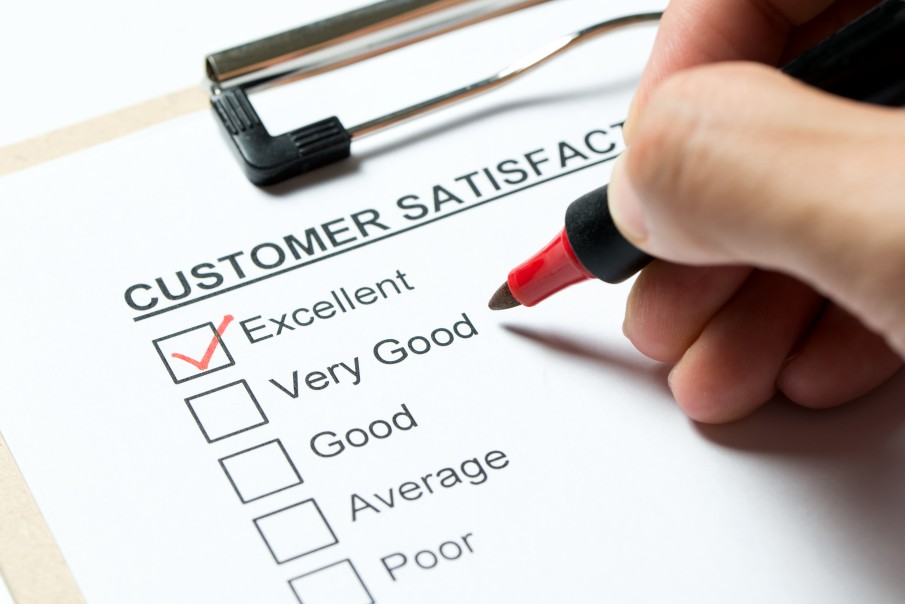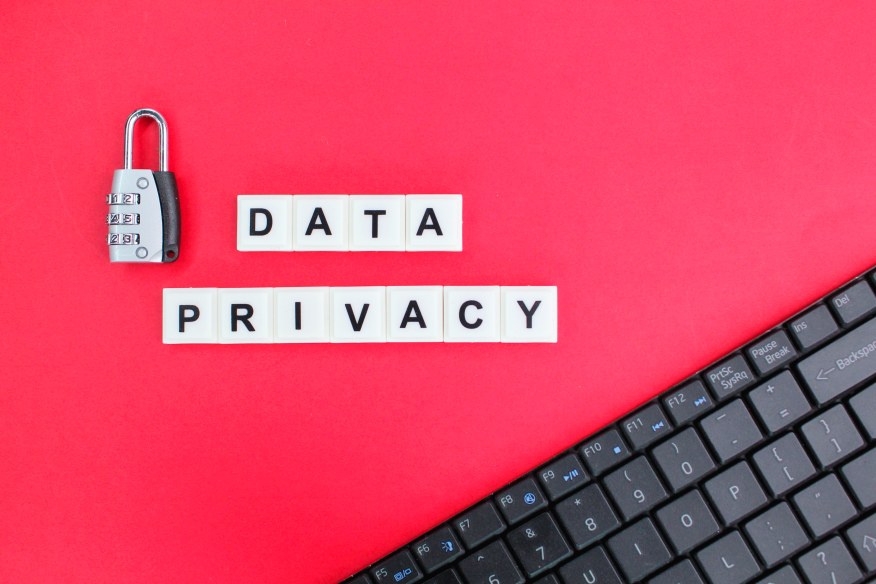In today’s digital world, where consumers are bombarded with countless marketing messages, one-to-one marketing, also called relationship marketing has emerged as a powerful strategy to cut through the noise and truly connect with your target audience.
This personalized approach allows brands to tailor their messaging and content to individual consumers, creating a unique and engaging experience that drives results. But unlocking the power of one-to-one marketing requires careful planning and execution.
In this guide, we will explore proven strategies that will help you maximize your success with one-to-one marketing. From leveraging customer data to create hyper-targeted campaigns, to utilizing advanced personalization techniques across various digital channels, we will show you how to create impactful and memorable experiences for your customers.
So, if you’re ready to revolutionize your marketing efforts and take your brand to new heights, let’s dive in and unlock the power of one-to-one marketing.
Understanding One-To-One Marketing
One-to-one is a type of customized marketing strategy that focuses on creating personalized experiences for customer relationships. It involves tailoring marketing messages, offers, and content to meet the specific needs and preferences of each customer.
This approach goes beyond traditional mass marketing, where a single message is broadcasted to a wide audience. Instead, one-to-one marketing treats each customer as a unique individual, delivering highly relevant and targeted communications.
The Importance of Personalized Marketing
With the rise of digital technology, consumers are now more empowered than ever before. They expect brands to understand their preferences and deliver personalized experiences.
In fact, studies have shown that personalization can significantly impact consumer behavior, with 80% of consumers being more likely to make a purchase from a brand that offers personalized experiences.
By utilizing one-to-one marketing strategies, you can meet these expectations and build stronger relationships with your customers. The importance of one-to-one marketing lies in its ability to enhance the customer experience, drive customer loyalty, and boost sales and revenue.
Benefits of One-to-One Marketing
Implementing one-to-one marketing strategies can bring a multitude of benefits to your brand. Firstly, it allows you to create a more personalized and relevant experience for your customers, leading to increased engagement and loyalty.
By understanding the individual customer’s needs and preferences, companies can tailor their products or services to meet those specific requirements. While building loyalty and trust, these efforts also enhance the overall customer experience. When customers feel that a company truly understands them and caters to their unique needs, they are more likely to become repeat customers and advocates for the brand.
Secondly, one-to-one marketing also enables companies to optimize their marketing efforts and increase their return on investment (ROI). It enables you to achieve higher conversion rates by delivering highly targeted campaigns.
When you personalize your marketing efforts, you increase the chances of capturing the attention and interest of your audience. By tailoring your messaging to their specific needs, you can create a compelling and persuasive argument for your product or service, increasing the likelihood of conversion.
Finally, one-to-one marketing allows you to gather valuable customer data and insights. By implementing personalized marketing campaigns, you can collect customer preferences, behaviors, and purchase history data. This information can then be used to refine your marketing strategies, optimize your campaigns, and promote customer lifetime value.
Strategies for Implementing One-To-One Marketing
Now that we understand the importance and benefits of one-to-one marketing let’s explore some strategies to help you implement this approach effectively.
Collecting and Analyzing Customer Data
Collecting customer data is the foundation of successful one-to-one marketing. By analyzing your customers’ social and behavioral data, and purchase history, you can create highly targeted and personalized campaigns. Here is how you can collect the customer data you need.
Online Forms
Use online forms on your website or landing pages to collect information such as name, email address, and demographic details. You can also ask for additional information that is relevant to your business or industry.
Customer Surveys
Conduct surveys to gather insights into customer preferences, satisfaction levels, and pain points. This qualitative data can provide valuable information for personalizing your marketing efforts.
Website Analytics
Utilize website analytics tools to track user behavior, such as pages visited, time spent on the site, and conversion rates. This data can help you understand customer interests and optimize your website for personalization.
Purchase History
Analyzing customer purchase history helps in identifying helpful patterns and personal preferences. This data can be used to create personalized product recommendations or targeted offers based on previous purchases.
Once you have collected information on customer interactions, it’s important to analyze and segment it to create targeted campaigns. Use customer relationship management (CRM) software or marketing automation tools to organize and leverage your data effectively.
Ready to forge genuine connections and drive unmatched results with one-to-one marketing?
Contact Growth Hackers
Creating Personalized Customer Experiences
Once you have collected and analyzed customer data, it’s time to build personal relationships with your customers. This involves tailoring your messaging, offers, and content to meet the specific needs and preferences of each individual. Here are some strategies to consider:
Email Personalization
Use customer data to personalize your email marketing campaigns. Address customers by their name, send targeted offers based on their purchase history, and segment your email list to deliver highly relevant content.
Website Personalization
Utilize website personalization tools to deliver a customized experience for each visitor. Show personalized recommendations, display dynamic content based on user behavior, and provide personalized offers or discounts.
Social Media Targeting
Leverage social media platforms’ targeting capabilities to reach specific segments of your audience. Tailor your ads and content to match the interests and preferences of each segment, increasing engagement and conversion rates.
Dynamic Content
Implement dynamic content on your website or email campaigns to display personalized messages based on customer data. This can include personalized product recommendations, customer loyalty programs for valuable customers, tailored landing pages, or customized call-to-action buttons.
By implementing these strategies, you can create highly personalized and relevant experiences for your customers, increasing engagement, and driving results.
Tools and Technologies for Implementing One-To-One Marketing
One-to-one marketing requires the use of various tools and technology-based methods to effectively implement this approach and customer relationship management (CRM) software is one tool in the arsenal. CRM systems enable businesses to collect and analyze customer data, allowing them to create detailed profiles and track a customer’s preferences and behaviors.
This information can then be used to tailor marketing messages and offers to each customer, helping build stronger customer relationships. CRM software also enables businesses to automate personalized communications, such as email campaigns or personalized website experiences, further enhancing the one-to-one marketing approach.
Analytics tools play a crucial role in implementing one-to-one marketing. These tools provide businesses with valuable insights into customer behavior and preferences, helping them understand which marketing efforts are most effective. Through analytics, businesses can track key metrics such as customer engagement, conversion rates, and return on investment (ROI).
This information can then be used to refine marketing strategies and make data-driven decisions. For example, by analyzing customer purchase history and behavior, a business can identify cross-selling or upselling opportunities for individual customers.
Personalization platforms are also valuable tools for implementing one-to-one marketing. These platforms allow businesses to deliver highly personalized content and experiences across various channels, including websites, mobile apps, and email campaigns. Personalization platforms use data-driven algorithms to identify individual customer preferences and deliver targeted content in real-time.
For example, a retail website can display personalized product recommendations based on a customer’s browsing history or purchase behavior. By providing relevant and personalized content, businesses can enhance the customer experience and drive engagement and conversion.
1. Utilizing Marketing Automation Tools
Marketing automation tools can significantly enhance your one-to-one marketing efforts. These tools allow you to automate repetitive marketing tasks and deliver personalized messages at scale. Here are some ways to leverage marketing automation tools:
2. Email Automation
Use marketing automation platforms to set up automated email campaigns triggered by specific customer actions or behaviors. For example, you can send a welcome email series to new subscribers or follow-up emails to customers who have abandoned their shopping carts.
3. Lead Nurturing
Implement lead nurturing campaigns using marketing automation tools to guide prospects through the customer journey. Send personalized content and offers based on customer interests and behaviors, gradually nurturing them toward conversion.
4. Personalized Recommendations
Utilize machine learning algorithms to generate personalized product recommendations based on customer data and browsing history. Display these recommendations on your website or in email campaigns to drive conversions and increase average order value.
5. Behavior-Based Triggers
Set up behavior-based triggers to automatically send targeted messages and offers based on customer actions. For example, you can send a discount code to a customer who has viewed a specific product multiple times but hasn’t made a purchase.
By incorporating marketing automation tools into your personalized marketing strategy, you can streamline your processes, save time and resources, and deliver personalized experiences at scale.
Do you want to maximize the impact of your one-to-one marketing strategy?
Measuring The Success of Your One-To-One Marketing Efforts
To maximize the success of your one-to-one marketing campaigns, it’s essential to measure and analyze their performance. By understanding what works and what doesn’t, you can refine your strategies and optimize your campaigns for better results. Here are some key metrics to track:
- Conversion Rates: Measure the percentage of visitors or leads who take the desired action, such as making a purchase or filling out a form. Compare conversion rates between personalized and non-personalized campaigns to assess the impact of one-to-one marketing.
- Engagement Metrics: Track engagement metrics like click-through rates, open rates, and time spent on-site to evaluate the effectiveness of your personalized content and messaging.
- Return On Investment (ROI): Calculate the ROI of your one-to-one marketing campaigns by comparing the revenue generated to the cost of implementation. This will help you determine the overall profitability and success of your efforts.
- Customer Satisfaction: Gather customer feedback to assess their satisfaction levels with your personalized experiences. Use surveys or customer reviews to gather insights and identify areas for improvement.
Successful One-to-One Marketing Examples
To inspire your one-to-one marketing efforts, let’s take a look at some successful campaigns that have effectively utilized personalized experiences:
- Spotify’s Personalized Playlists: Spotify curates personalized playlists for each user based on their listening preferences and habits. By leveraging user data and algorithms, they deliver a highly tailored music experience that keeps users engaged and coming back for more.
- Amazon’s Product Recommendations: Amazon utilizes customer purchase history and browsing behavior to generate personalized product recommendations. By displaying these recommendations prominently on their website, they drive conversion rates and increase average order value.
- Coca-Cola’s “Share a Coke” Campaign: Coca-Cola created personalized bottles and cans with individual names to engage consumers on a personal level. By personalizing their packaging, they created a buzz and encouraged consumers to share their experiences on social media.
These examples demonstrate the power of one-to-one marketing in creating memorable and impactful experiences that drive results. By taking inspiration from successful campaigns, you can adapt and implement similar strategies for your own brand.
Challenges And Considerations in One-to-One Marketing
While one-to-one marketing offers numerous benefits, it also comes with its challenges and considerations. Here are a few key points to keep in mind:
1. Data Privacy
With the increasing focus on data privacy, it’s crucial to ensure that you gather customer data in compliance with relevant regulations. Obtain proper consent, implement robust security measures, and be transparent about how you use customer data.
2. Data Quality and Accuracy
To deliver a personalized experience, you need accurate and up-to-date customer data. Regularly clean and update your database to ensure the information you use for personalization is reliable.
3. Resource Allocation
One-to-one marketing requires significant resources, both in terms of time and budget. Make sure you have the necessary tools, skills, and infrastructure in place to execute your strategies effectively.
4. Balancing Customization and Scalability
While personalization is essential, it’s important to strike a balance between customization and scalability. Ensure that your personalized experiences can be delivered at scale without sacrificing quality or efficiency.
By addressing these challenges and considerations, you can overcome potential hurdles and maximize the effectiveness of your one-to-one marketing efforts.
Final Thoughts on One-to-One Marketing
Unlocking the power of one-to-one marketing is a game-changer for brands that want to stand out in today’s crowded and competitive marketplace. By tailoring your messaging, content, and offers to individual customers, you can create personalized and impactful experiences that drive engagement, loyalty, and revenue.
From collecting and analyzing customer data to implementing advanced personalization techniques and leveraging marketing automation tools, the strategies outlined in this guide will help you revolutionize your marketing efforts and take your brand to new heights. So, embrace the power of one-to-one marketing and unlock your brand’s full potential today.
And why not take your marketing efforts one step further and get some professional guidance from Growth Hackers in the digital marketing niche?
At Growth Hackers, we understand that data is the key to unlocking sustainable business growth. That’s why we specialize in data-driven analysis to help you make informed decisions that maximize ROI and generate more leads and sales.
Our team of experts uses cutting-edge tools and techniques to identify the key performance indicators that matter most to your business and then develops customized strategies to help you achieve your goals. Whether you’re looking to optimize your digital marketing campaigns, improve your website’s user experience, or refine your sales and customer service processes, we have the knowledge and experience to help you succeed.
Contact Growth Hackers today to learn more about our result-driven analysis and how we can customize our services to serve you better.









